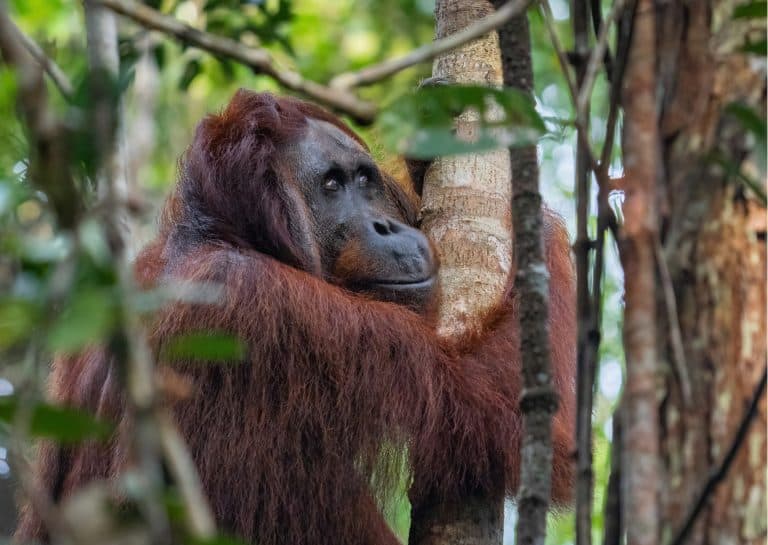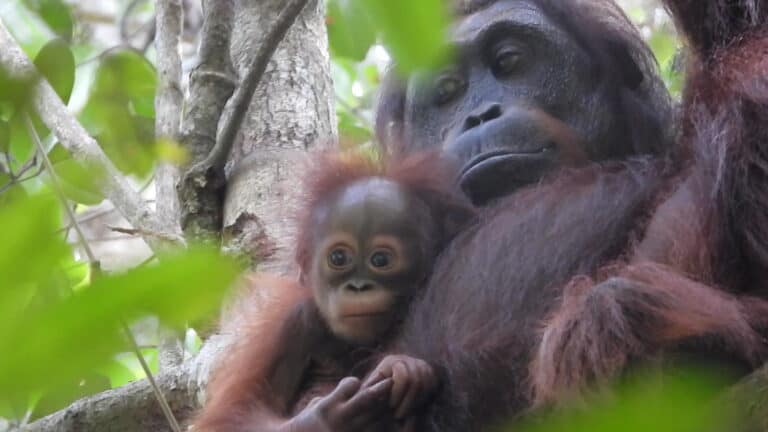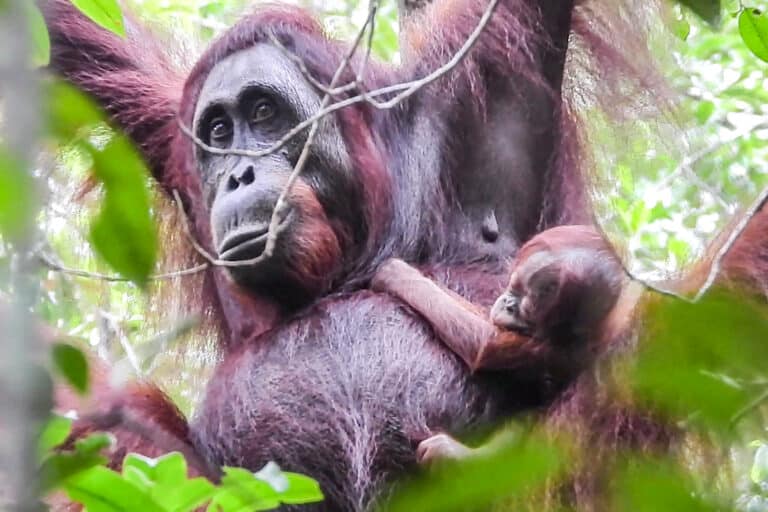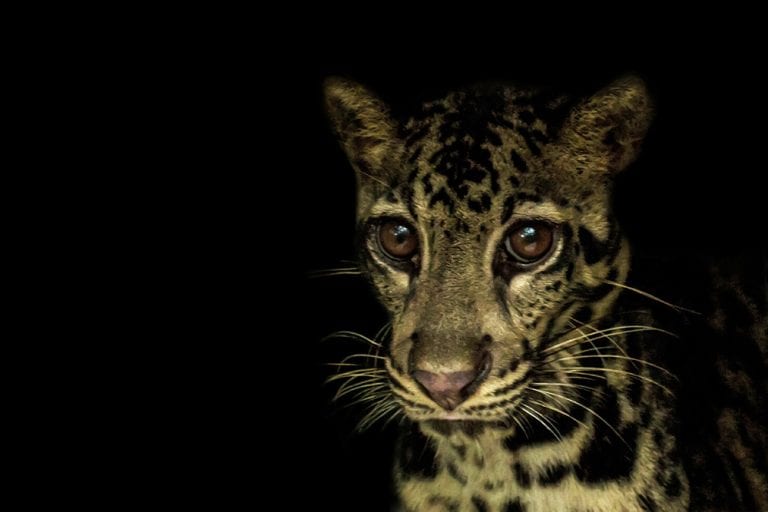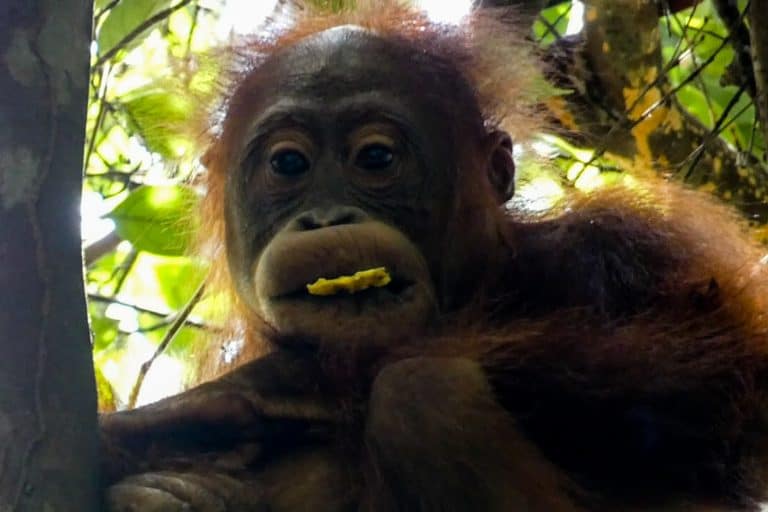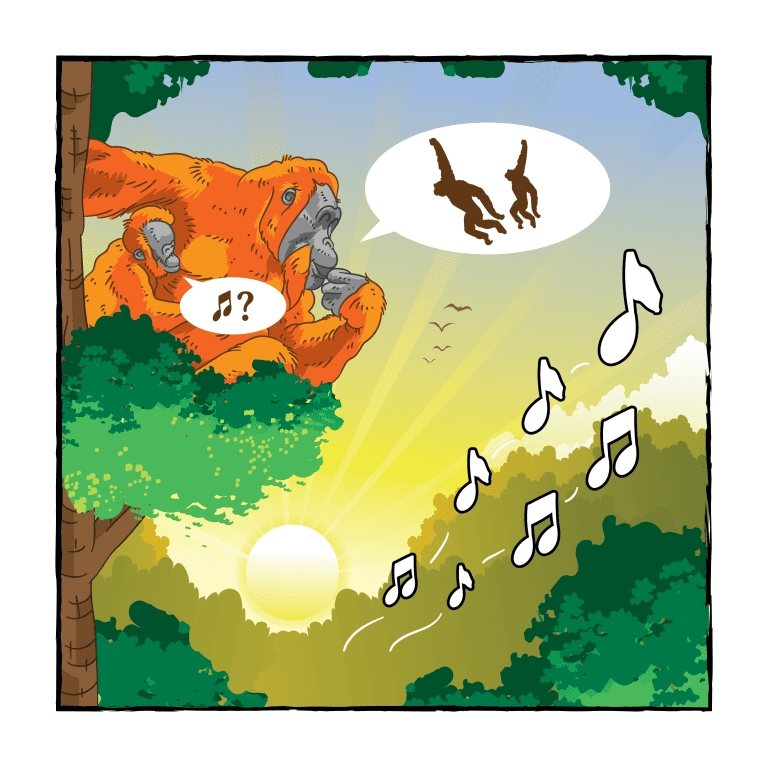As part of our Species Series, we introduce you to the majestic hornbill….
Hornbills are large, charismatic birds and there are 45 species worldwide, 8 of which can be found here in Borneo. The name ‘hornbill’ comes from their casque (a hollow protuberance on the top of their bill); this casque has a different form and colour in each species. The name of each species can give you a good idea of the shape of their casque. For example, the rhinoceros hornbill has a large casque in the shape of a horn, the helmeted hornbill looks like it is wearing a helmet, and the white-crowned hornbill has a white crown!
 |
| Oriental pied hornbill in the Sabangau Forest. Photo by Hugh Sturrock/OuTrop |
In most species, the male and female form a pair-bond for life and it is the male that will feed his mate during this time, but the bushy-crested and white-crowned hornbills exhibit cooperative breeding – they form small family groups that all help.
 |
| Bushy-crested hornbills. Photo by Ban Hor Ng |
The beating of the wings of the hornbills, as they fly above the canopy, is very loud and it is a common sound heard in the Sabangau Forest. Their very loud calls can also be heard as they defend their territories from others.
Although the diet varies, all species of hornbill rely on fruits, and particularly figs, as a large part of their diet. This means that hornbills are good ‘indicator species’ for the health of the forest. Their nesting behaviour also makes them good indicator species because they require large trees to nest in, which means that they have a strong preference for undisturbed forest.
The hornbills themselves are also very important for the health of the forest. When they eat figs and other fruit, the seeds pass through undamaged and are dispersed across the forest. Without the hornbills, the availability of figs might decline and the populations of other animals that depend on them as a source of food, such as gibbons, orangutans and other forest frugivores, might decline as well.
Hornbills are also of considerable cultural importance and abstract forms of their beaks can be found on many Dayak motifs and are used for traditional dress.
 |
| Dayak women in traditional dress |


